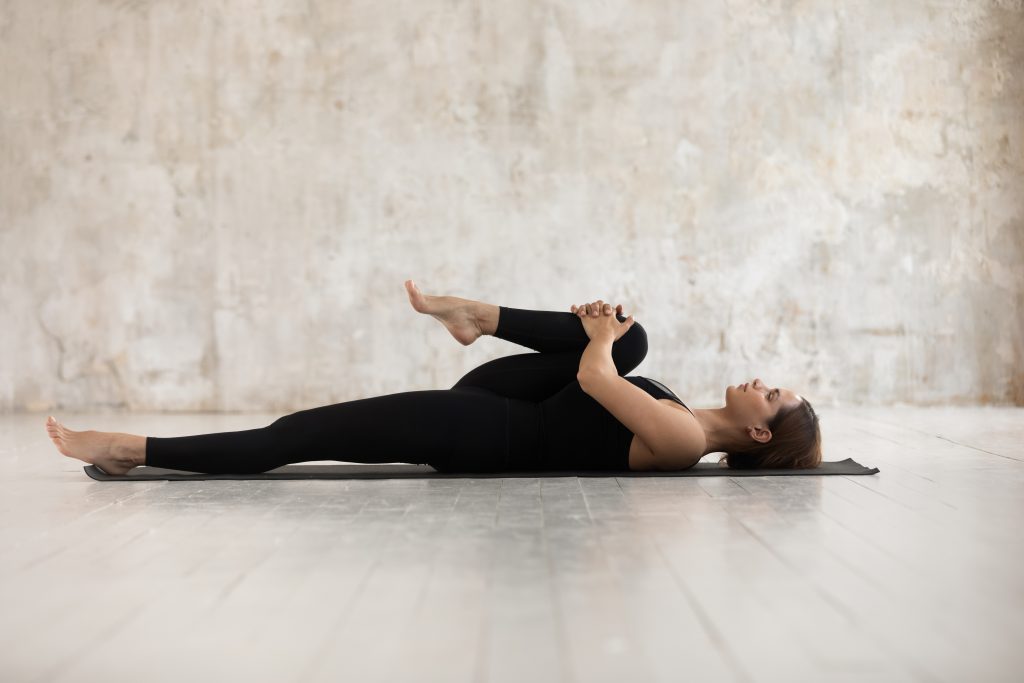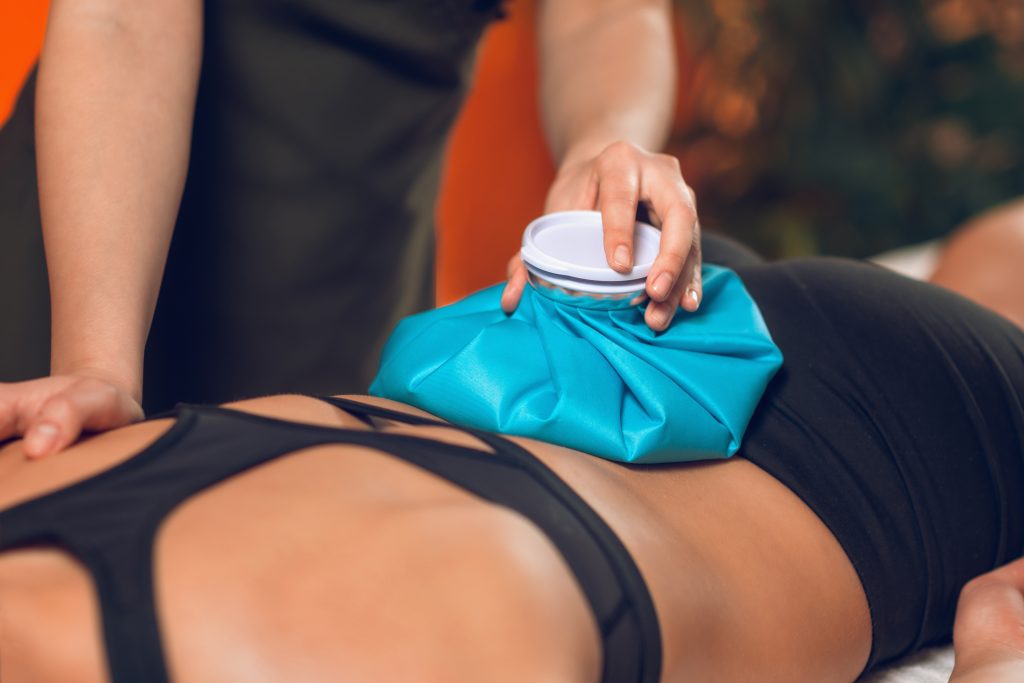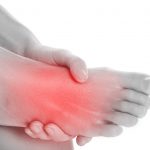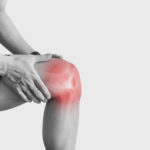April 22, 2021
Dealing with Lower Back Pain
Lower back pain is one of the most common health conditions that affect adults aged 65 and older. Joint and disc degeneration, spinal stenosis, and spondylolisthesis are among the top causes of lower back pain in this population.
Lower back pain can often lead to disability and make it extremely difficult to perform everyday tasks—thus reducing your quality of life. Knowing how to deal with lower back pain and when it’s time to see a doctor can help you minimize any pain and get you back to living a more comfortable, active, and enjoyable lifestyle.
Here are tips that can help you cope with lower back pain and where you can go to find experienced, board-certified physicians who can treat your condition.
How Can I Sleep Comfortably With Lower Back Pain?
Lower back pain can often make it difficult for you to find a comfortable sleeping position, and may even cause you to wake frequently throughout the night if you shift or move in your sleep. Surges of pain may also awaken you, after which you may find it difficult to fall back asleep.
According to the American Academy of Family Physicians, the most comfortable sleeping position for those with lower back pain is on your side, with a partial bend in your knees. This position helps reduce pressure on the lumbar spine to minimize pain. You may also want to try placing a small pillow between your knees to make this sleeping position more comfortable.
If sleeping on your side with your knees bent doesn’t feel comfortable to you, try sleeping on your stomach with a pillow under your abdomen or on your back with a pillow under your knees. You may also want to consider buying a new mattress, as evidence shows that medium-firm mattresses are often most ideal at reducing lower back pain. Your doctor may also give you tips on how to sleep with lower back pain based on factors such as your weight, body shape, and personal preferences.
What Are Stretches I Can Do To Relieve Lower Back Pain?
Several types of stretches may reduce your lower back pain or prevent it from coming back. Fortunately, stretching is relatively easy to do on your own at home and doesn’t require any special equipment.
 Lie down on your back with your legs straight in front of you. Bend one knee and use your hands to pull the knee back toward your chest until you feel a stretch on the back of your leg. Hold this position for between 30 and 60 seconds, then repeat on the other leg. Do this stretch three to five times on each leg.
Lie down on your back with your legs straight in front of you. Bend one knee and use your hands to pull the knee back toward your chest until you feel a stretch on the back of your leg. Hold this position for between 30 and 60 seconds, then repeat on the other leg. Do this stretch three to five times on each leg.
Another stretch called the “prayer” stretch is also effective at relieving lower back pain. Sit on the floor and tuck both legs underneath your body. Sit on your heels, bend forward at the waist, and extend your arms out over your head, placing your forearms and hands onto the floor in front of you. Hold this position for 30 to 60 seconds, then sit back up. Repeat this stretch three to five times.
Simple stretching for the lower back can involve sitting on the floor and reaching to try and touch your toes. You also want to arch your back. A good device to have is an exercise ball so you can do back stretching and use it to roll back and forth to gain dynamic flexibility in your back.
If these stretches are difficult to perform or do not reduce your back pain, ask your doctor to show you other stretches to alleviate back pain.
How Can I Sit Comfortably With Lower Back Pain?
Lower back pain may be caused by poor posture, which is why you may feel worse when sitting down as opposed to standing up.
Be mindful of your posture when sitting to see if it helps reduce your pain. Avoid crossing your legs, position your feet flat on the floor, and keep your knees even at your hips or slightly above your hips. Before standing up, scoot to the front of the chair and straighten your legs to stand up instead of bending at your waist.
If you sit for long periods at work, set up an ergonomic workspace that allows you to rest your arms and elbows on the desk or chair, and take frequent breaks to stand up and walk around. Avoid sitting in the same position for longer than 30 minutes, as sitting for long periods can contribute to or worsen lower back pain.
If you continue to feel back pain after making these changes to your posture and workspace, ask your doctor to show you how to sit with lower back pain to improve your symptoms.
Is Walking Good For Lower Back Pain?
Walking is an aerobic, low-impact exercise that can help reduce lower back pain in many older adults. Walking improves your posture and flexibility, strengthens the muscles in your lower body to increase spine stability, and promotes strong circulation and blood flow to your spine. Walking also helps you maintain a healthy weight and strengthens your bones to reduce back-related problems associated with osteoporosis and osteoarthritis.
To ensure that walking helps reduce your back pain, start small with brief, daily walks that last between five and 10 minutes. Gradually increase the time you spend walking to avoid overdoing it and exacerbating your back pain. Focus on maintaining good posture by keeping your shoulders relaxed, your head balanced on top of your spine, and your spine naturally curved as you walk.
When you’re walking and you want to focus on improving back hygiene, the key is to focus on your core muscles. It’s important to make sure your core muscles are tight. Additionally, you want your walking mechanics to be like pistons, which means to keep your head up and maintain a heel-to-toe stride. This can improve your back health.
If you find that walking does not help with your lower back pain, try other exercises that help back pain, such as swimming, biking, and stretching. Your doctor can also suggest exercises that may be most ideal for you based on your medical history and current condition.
Is Heat Good For Lower Back Pain?
Heating pads, warm gel packs, heat wraps, and hot baths are all therapeutic forms of heat that may reduce your lower back pain. Heat therapy can dilate the blood vessels surrounding your lumbar spine to heal damaged tissue contributing to pain, and stretch the soft tissues near your spine to reduce stiffness and increase flexibility. Heat therapy may also reduce pain caused by muscle tightness and muscle spasms in the lower back.
Ask your doctor to recommend safe, effective heat therapies you can do at home or about heat therapy services available from your healthcare provider.
Is Heat Or Ice Better For Lower Back Pain?
Both heat and ice therapies can effectively reduce lower back pain, though there are some instances in which one therapy may work better than the other. For example, if you do exercises that strengthen your back, applying heat therapy prior to your workout can warm your muscles and improve flexibility. After your workout has ended, applying cold therapy can help reduce inflammation and any back pain you may be feeling.
 Cold therapy can constrict blood vessels and reduce swelling, inflammation, and the sensation of pain. Heat therapy can improve your muscles and tissues’ flexibility and widen your blood vessels to promote blood flow and circulation, thus delivering oxygen and nutrients to injured cells and tissues.
Cold therapy can constrict blood vessels and reduce swelling, inflammation, and the sensation of pain. Heat therapy can improve your muscles and tissues’ flexibility and widen your blood vessels to promote blood flow and circulation, thus delivering oxygen and nutrients to injured cells and tissues.
After an acute back injury, icing it is appropriate for the first 24 hours. After that, applying heat, especially moist heat that can penetrate, is going to be effective.
As a general rule, apply heat to your lower back before going to sleep, as well as upon waking in the morning if you suffer chronic back pain or if you typically wake up feeling stiff and achy. Apply ice or cold therapy to your lower back after exercising or if you performed an activity that may have exerted your back or worsened back pain. Your doctor can also give you scenarios in which it may be helpful to apply ice versus heat.
Can Dehydration Cause Lower Back Pain?
Water is essential for lubricating your joints and delivering oxygen and nutrients to cells throughout your body. Water also keeps the discs in your spine hydrated to provide cushioning, mobility, and shock absorption. Therefore, dehydration can cause lower back pain due to the way it can cause your discs to shrink and lose cushioning and shock absorption.
Additionally, older adults are often more susceptible to dehydration than younger adults due to factors including changes in body composition and body fluid, decreased kidney function, and medical conditions that interfere with urination and water absorption. Certain medications can also contribute to dehydration, including those that are used to treat diabetes, migraines, and high blood pressure.
Start drinking more water throughout the day—especially before, during, and after exercise—to prevent dehydration and reduce lower back pain. Also, keep an eye on the color of your urine to ensure you’re drinking enough. Your urine should be pale yellow in color as opposed to dark yellow. Aim to drink water at any time you may be feeling thirsty.
How Else Can I Prevent and Reduce Lower Back Pain?
Exercise is one of the most effective ways to prevent and reduce lower back pain due to the way it increases muscle strength and improves flexibility and range of motion. Other steps you can take to prevent and alleviate back pain include setting up an ergonomic chair and work area, bending at the knees when lifting objects, and eating highly nutritious foods like fruits and vegetables that deliver nutrients to the muscles and tissues in your spine.
Prevention is going to involve proactively keeping your back strong and protecting your back from misuse. This includes using good mechanics when lifting anything heavy. Also, you need to stretch before and after activity to help your back recover.
If you are unable to reduce lower back pain on your own, see a doctor as soon as possible for treatment. Common treatments for lower back pain include over-the-counter pain relievers, prescription medications (e.g., opioids, muscle relaxants, antidepressants), physical therapy, cortisone injections, and surgery. Your doctor can perform an examination and recommend one or more treatments that may work best for you.
When To See a Doctor
Consult a doctor if you experience lower back pain that lasts longer than a few weeks, does not improve with bed rest, extends to one or both legs, or causes weakness, numbness, tingling, or weight loss. Visit your doctor immediately if your lower back pain occurred after suffering a fall or injury, or is accompanied by fever, bowel, and/or bladder problems.
Healthcare Associates of Texas is home to a large team of board-certified doctors and medical professionals who can work with you to prevent, reduce, and treat lower back pain. Call us today to make an appointment or request an appointment on our website.
DISCLAIMER
The information featured in this site is general in nature. The site provides health information designed to complement your personal health management. It does not provide medical advice or health services and is not meant to replace professional advice or imply coverage of specific clinical services or products. The inclusion of links to other web sites does not imply any endorsement of the material on such websites.



